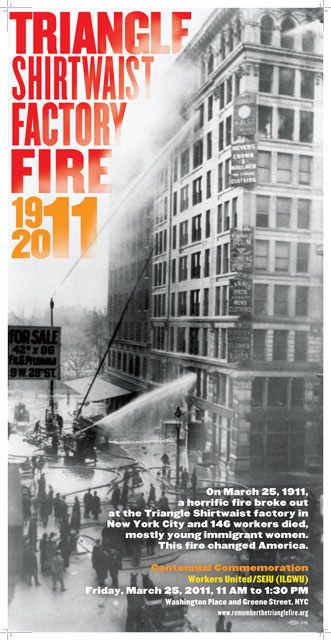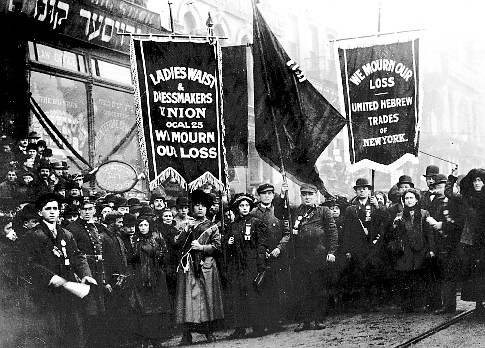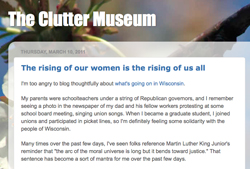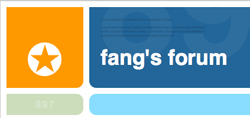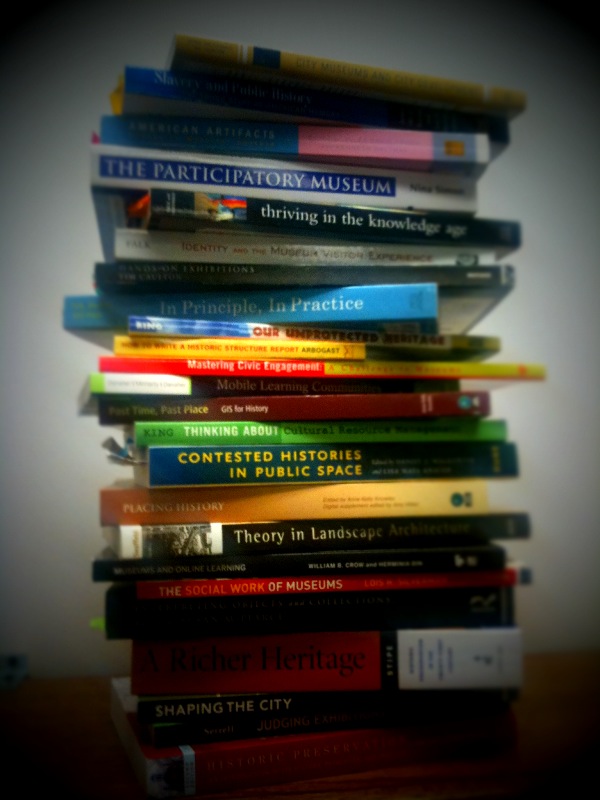 I’m working pretty closely with a few of my public history grad students this semester, and in so doing, I’ve been reflecting on my earlier experiences with grad students in museum studies. Advising grad students who are focused on vocations outside academia has been a joy to me, but it’s meant I’ve had to shift my paradigm considerably from my own graduate school experience.
I’m working pretty closely with a few of my public history grad students this semester, and in so doing, I’ve been reflecting on my earlier experiences with grad students in museum studies. Advising grad students who are focused on vocations outside academia has been a joy to me, but it’s meant I’ve had to shift my paradigm considerably from my own graduate school experience.
While I did, over the course of grad school and during breaks from it, take on a number of jobs outside the classroom, my focus while I was in school was almost always on landing a tenure-track job. My adviser gave me very practical advice in the job search–her best career advice was for me to accept an alt-ac job as soon as I graduated rather than adjuncting while I remained on the market–but most of our time together was spent discussing my intellectual interests, not my vocational aspirations.
These days, however, I advise several students in our Master of Applied Historical Research program. The M.A.H.R. students are every bit as intellectually engaged and bright as the M.A. students, but as with the museum studies students I taught a couple years back, their immediate needs are different. Our M.A. students tend to be focused on teaching (high school, community college, and/or adjuncting) or a Ph.D. program; the M.A.H.R. students are interested in pretty much anything but teaching, and they want to develop hands-on skills.
Here are some things I’ve observed over the past several years of teaching or advising students who anticipate working in jobs outside the academy:
- A big part of my job has been encouraging students to embrace their own intellectual interests and, through the framing and crafting of their Master’s project, help them think strategically about future employment.
- These students are ready to (intelligently) embrace technology like no other students I’ve met. Last spring I required my grad students to create small public history projects optimized for mobile devices. I expected (and eventually received) several websites optimized for the small screen, but several groups of students investigated app development pretty seriously. The greatest obstacle to their completed apps was financial, not intellectual.
- Many of my students are discouraged by the prospect of low-paying careers and a thin public history (and especially museum) job market. I find myself trying to imbue them with a reality-based optimism, which almost always means building up their own confidence in their knowledge and skills. This might mean reminding them of what they have already accomplished outside of their coursework or it might mean I hook them up with an internship or workshop that fills a gap in their skills or understanding.
- I’m working hard to make sure my students don’t settle for jobs in what one commenter at the Center for the Future of Museums blog terms “East Jesus”:
Here is my description of the stereotypical graduate of a museum studies program in the western part of the country: A smart young woman, armed with lots of generalized knowledge about museums and how they should be, taught by university professors, some of whom have never worked in a museum in the real world. As a member of the emerging generation, she wants to be in charge right away, figuring that her studies were enough dues to pay and that traditional starting roles would be both boring and low paying. She is fortunate enough, through connections, to find a job as director of the local historical society in East Jesus, Texas. She has a 1,000 sf museum complete with a two-headed calf and the baptismal clothing of the first white child born there. She has a volunteer secretary and no other help, while the board of 25 people is made up of 70+ year olds, all of them very conservative. Besides the challenges of improving the museum, she finds that there are very few people of either sex her age with whom to be friends or even acquaintances. She starts looking at the AAM job site after her first month on the job, hoping to spin herself up to the next higher circle of hell in a larger city. She might also consider going back for another advanced degree in social sciences.
I always keep East Jesus in mind when advising grad students and helping them network. (In Idaho, East Jesus institutions are also identifiable by their collection of likely inauthentic Nazi knives. Idahoans for some reason love them some Nazi memorabilia.) I’m discovering Idaho is packed with East Jesuses. I’m also finding that, in my Boise students’ minds, the opposite of East Jesus is Portland, Oregon–which totally makes sense to me, although I’m guessing there are more opportunities in the San Francisco Bay Area. (If you’re in Portland or its environs are are looking for engaged grad students, either as interns or recent graduates, let me know.)
- Having graduate students already employed in a professional capacity by local organizations is tremendously convenient, as I can pick their brains about opportunities there for other students, as well as get a sense of who best to approach about projects, programs, collections research, and other collaborations.
- Grad school doesn’t have to suck. High-quality advising and thoughtful mentoring can help cut down on the suckiness. I say this both as a well-advised former student and as an professorial observer of students who have a good relationship with their advisers. Accordingly, I’m always trying to improve as an adviser. (Related: It’s good to make grad students laugh. A lot.)
If you’ve worked with Master’s-level students who are not seeking academic jobs, and especially students who are seeking jobs in the nonprofit sector, I’d love to hear about your experiences. If you have been (or are currently) such a student, what needs of yours have been met well, and what needs might be better fulfilled (and how)?
